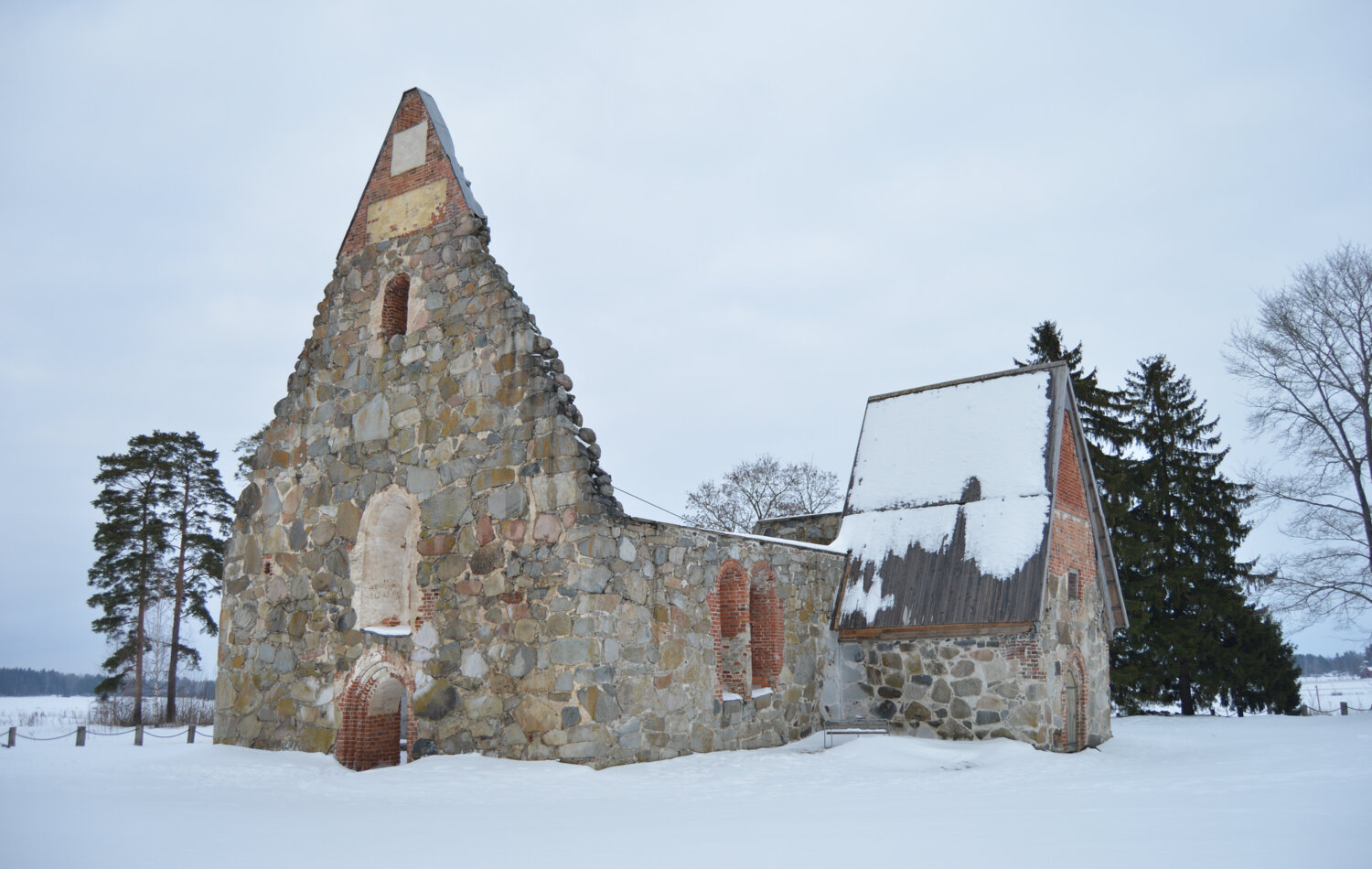Crews from Townsville City Council are maintaining their focus on monitoring and managing the Idalia wetlands, which play a significant role for the local area’s wildlife and ecological health.
The freshwater wetland predates the Idalia development and was set aside as part of the development for its high conservation values as wildfowl habitat in our region. The wetland has two sediment basins which capture and treat stormwater pollutants and nutrients from the surrounding residential land before entering the Ross River or the freshwater wetland.
The 1.75-hectare freshwater wetland is connected to groundwater and is surrounded by a vegetative buffer.
Community Health, Safety and Environmental Sustainability Committee chairperson Maurie Soars said the freshwater wetland was much-loved by the suburb’s residents, but a better understanding of the wetland was needed.
“Idalia is unique in that it has one freshwater wetland with sediment basins and three saltwater lakes. The difference between a lake and a wetland is that a wetland is connected to groundwater and not clay lined, so it isn’t always full of water – its water levels can drop during certain times of the year,” he said.
“The freshwater wetland also has vegetation floating on the surface and around the edges where the saltwater lakes do not. This is why there is an abundance of birdlife in the freshwater wetland because of the food and habitat it provides.
“The freshwater wetland at Idalia is well-visited both by residents and local wildfowl or waterbirds, and it is home to aquatic creatures like fish and freshwater turtles, making it an important ecological and birdwatching area in Townsville. The wetland hosts an amazing array of dry season ducks, geese, herons, cormorants and even pelicans. More uncommon regional water birds such as Rajah Shelduck also frequent the wetland.
“Council’s environmental crew continuously monitor the health of the water and birdlife as well as the level of aquatic plants and conduct management activities especially in the sediment basins which are designed to be maintained at the wetlands.”
Cr Soars said there was a clear distinction between a natural freshwater wetland habitat and the manmade saltwater lakes which were built to offset filling of residential properties and stormwater, which made a difference in how the wetland was environmentally managed.
“Urban wetlands are essential for reducing the impacts of flooding by slowing water down and allowing it to filter into the groundwater. Sediment basins help capture and treat pollutants like grass clippings, litter, fertilisers and pet faeces, which is an essential process for the health of our waterways and Great Barrier Reef,” he said.
“Some of this filtering is done by aquatic plants. There are a number of aquatic plants that grow in and around the freshwater wetland and the sediment basins that have been noted by both Council’s sustainability team and through independent assessment by a TropWATER freshwater ecologist. Most of these plants, like water primrose, duckweed and velvet knot weed, are native and they play a role in the ecology of the wetland system.
“Aquatic plants can benefit water quality through filtering the water, reducing the temperature of the water, capturing pollutants and provides food and habitat for animals like fish, birds and insects.
“There are also exotic aquatic plant species – one in the system at the moment is water lettuce. Council officers are monitoring the extent of this plant because it is currently not an environmental problem and would be costly to remove for little benefit. Council will seek to manually remove it if it starts to dominate the system.
“While floating aquatic plants in the wetland can sometimes look messy, they keep the system heathy. If all of the plants were removed from the surface and edges it would remove most of the food and shelter for the birds. Removing the vegetation would also increase water temperature which can increase the risk of blue green algae blooms, posing risks to people and animals.”






